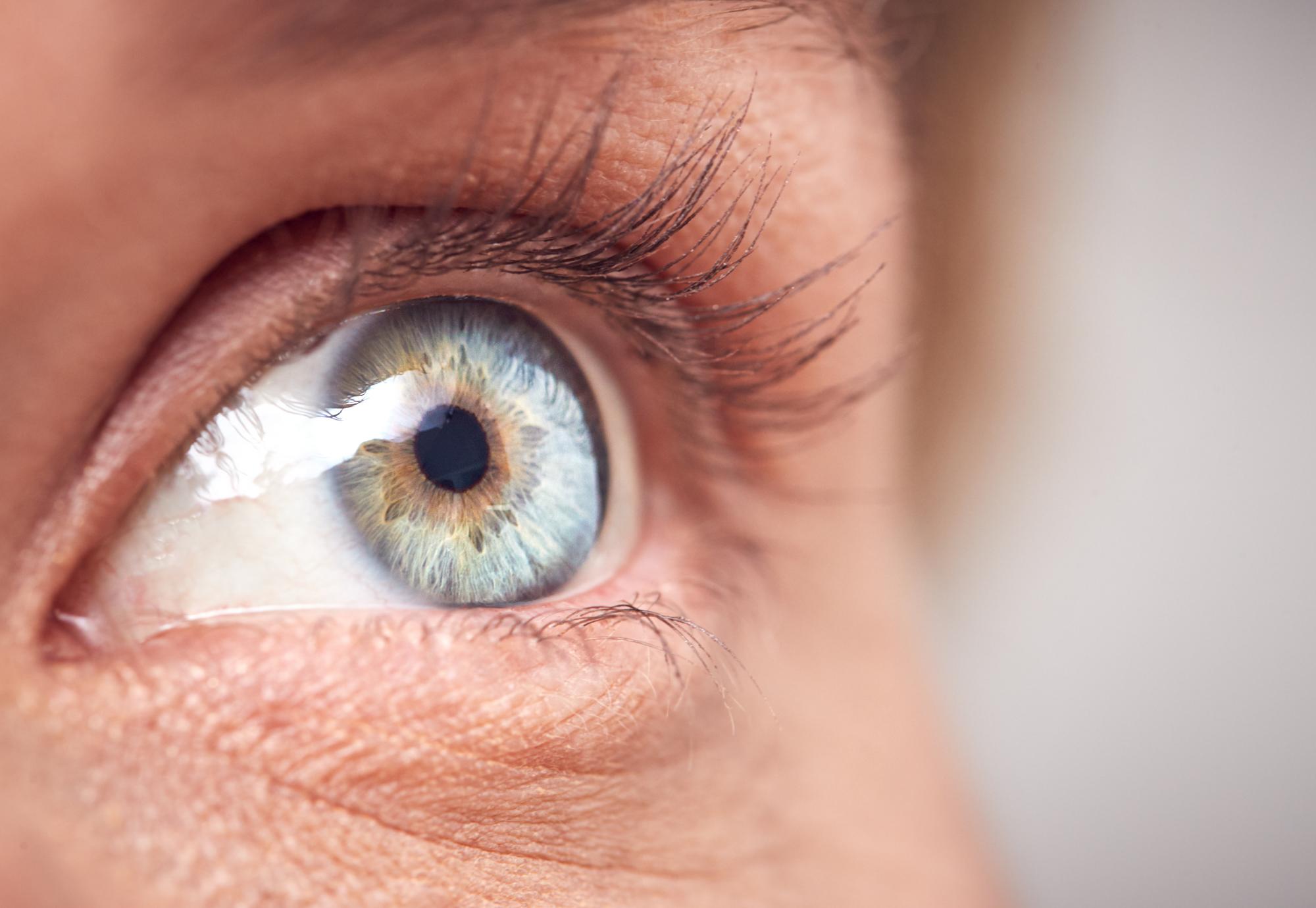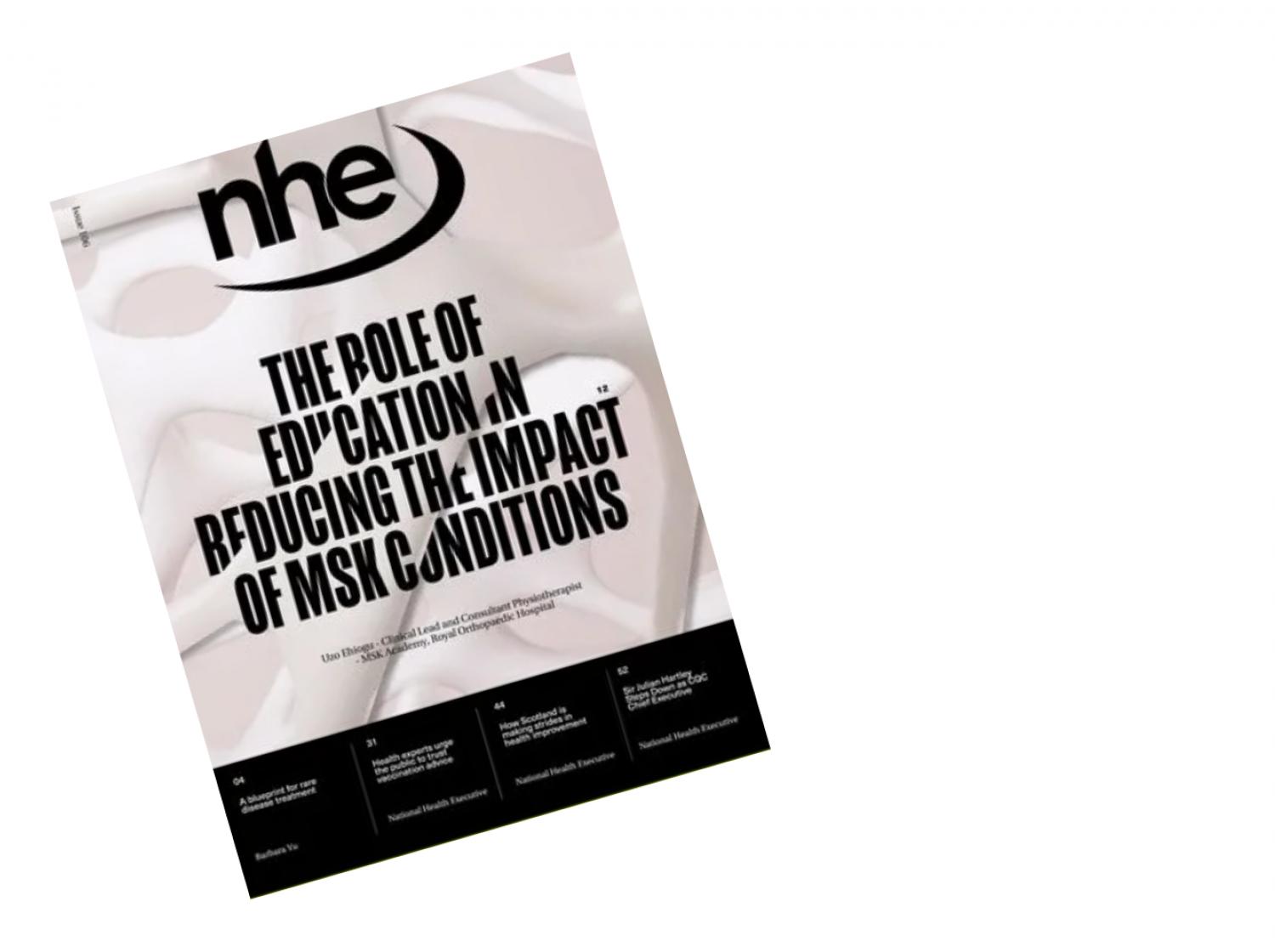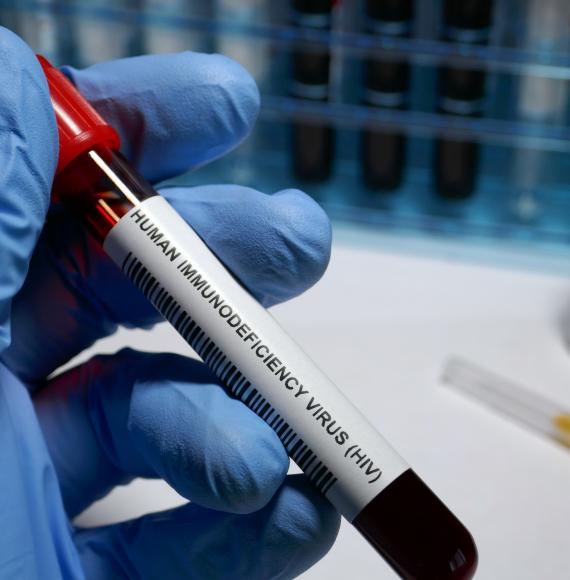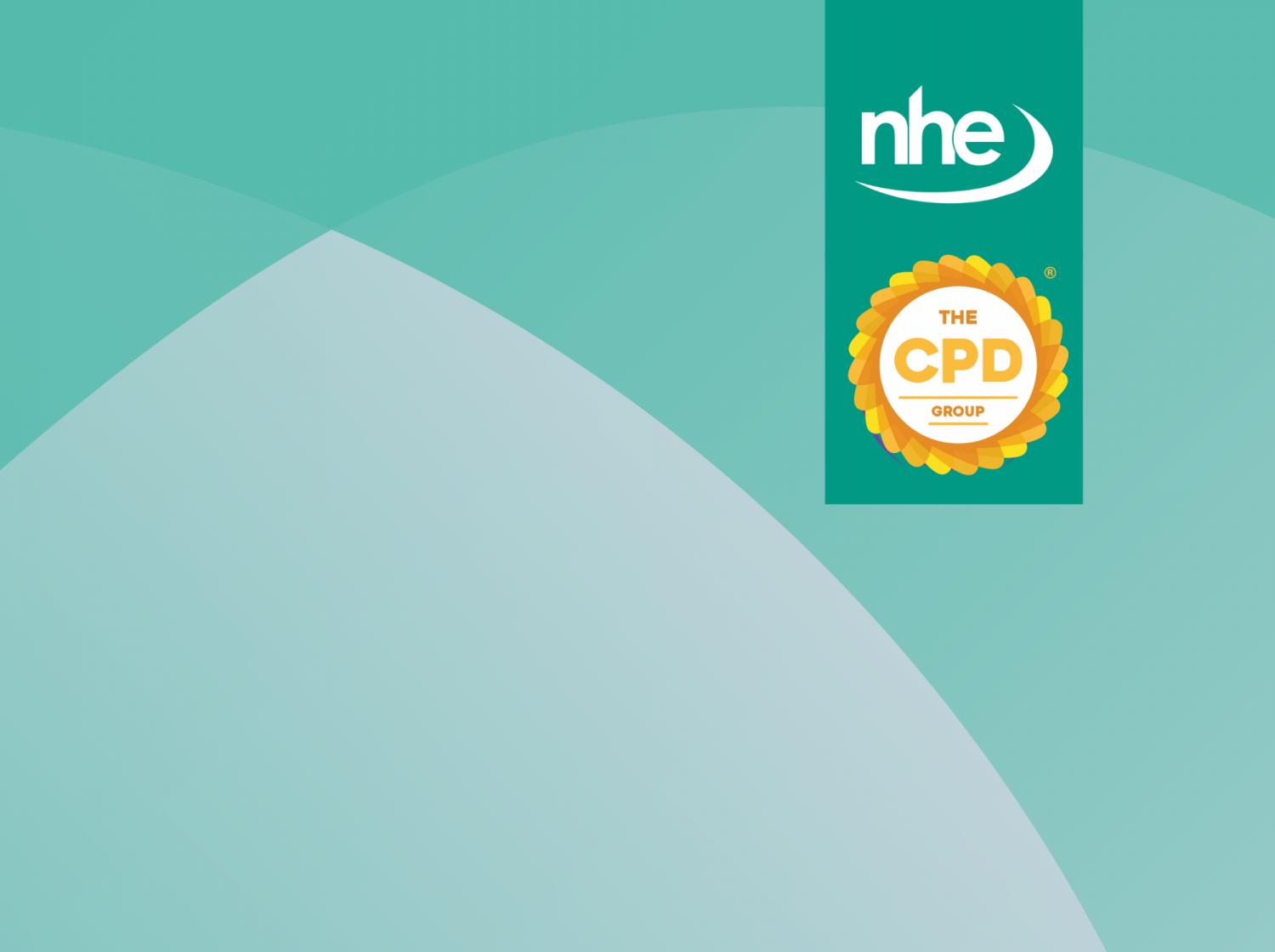The Medicines and Healthcare products Regulatory Agency (MHRA) has approved teprotumumab (Tepezza), the first medicine licensed in the UK for adult patients with moderate to severe Thyroid Eye Disease (TED).
TED is an autoimmune condition where the immune system attacks the muscles and fat around the eyes, causing inflammation and swelling. Tepezza works by binding to the IGF-1R protein to block its activation and signalling, thereby reducing these symptoms.
Tepezza has been rigorously tested in four clinical trials involving 287 patients with thyroid eye disease, all aged 18 or older. Patients received teprotumumab infusions every three weeks for a total of eight infusions. The trials demonstrated that patients receiving Tepezza showed a significant reduction in eye protrusion and double vision compared to those receiving a placebo.
As with all medications, Tepezza can cause side effects. Serious side effects may include high blood sugar, infusion-related reactions, deafness, and worsening of inflammatory bowel disease. Other side effects, affecting up to 1 in 10 people, include headache, diarrhoea, nausea, hair loss, muscle spasms, and fatigue. It is crucial to note that Tepezza must not be used by pregnant women due to the risk of harm to the unborn baby.
Julian Beach, Interim Executive Director of Healthcare Quality at the MHRA, commented:
“Patient safety is our top priority. I am pleased to confirm the approval of teprotumumab, for the treatment of severe Thyroid Eye Disease.
“We’re assured that the appropriate regulatory standards of safety, quality and effectiveness for the approval of this new treatment have been met.
“As with all products, we will keep its safety under close review.”
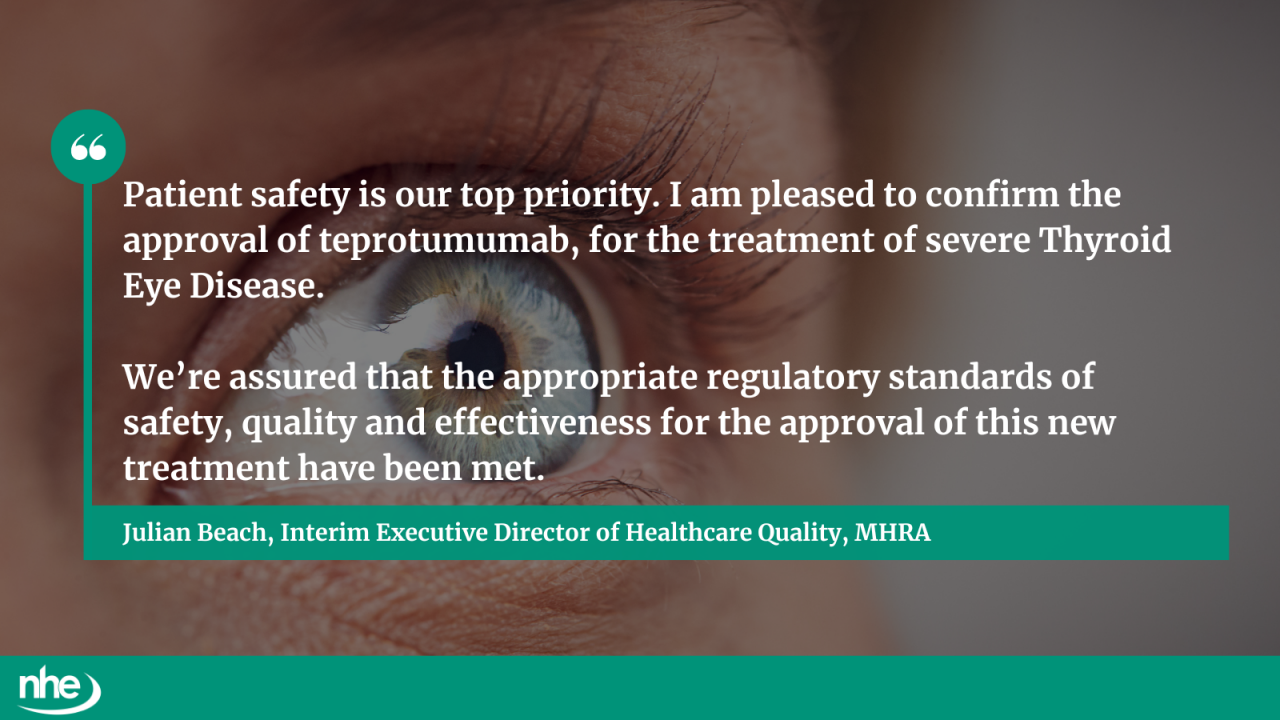
The approval of Tepezza marks a significant advancement in the treatment of Thyroid Eye Disease in the UK, offering new hope to patients suffering from this debilitating condition. Administered via intravenous drip by healthcare professionals, Tepezza provides a targeted approach to managing TED symptoms, improving patient outcomes and quality of life.
Image credit: iStock

